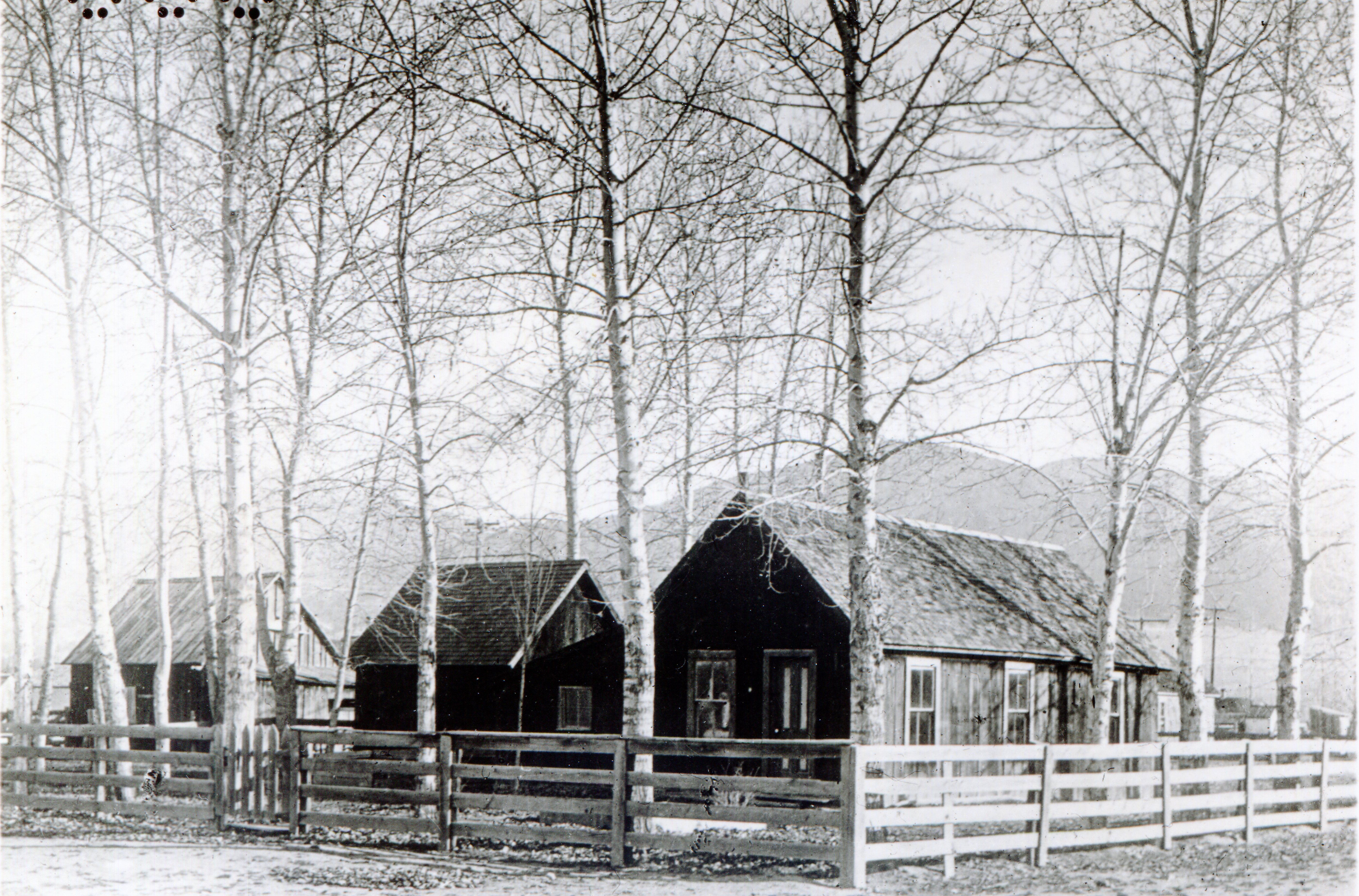...
| Div | |||||||||||||||||
|---|---|---|---|---|---|---|---|---|---|---|---|---|---|---|---|---|---|
| |||||||||||||||||
| |||||||||||||||||
| Div | |||||||||||||||||
| |||||||||||||||||
| Div | |||||||||||||||||
|
Despite the best control efforts they could devise, there was a serious outbreak of a very deadly strain of RMSF in the Bitterroot Valley in the early 1920s. The State of Montana asked the U.S. Public Health Service to send investigators to help Dr. Ralph Parker. Dr. Roscoe Spencer—a physician with bacteriological training—was the investigator who was sent. The Montana Board of Entomology also found larger quarters for the laboratory at the old Canyon Creek Schoolhouse.
...
From 1919–1920, Dr. Ralph Parker used this woodshed as his laboratory in Victor, Montana, in the Bitterroot Valley, which was having a serious RMSF outbreak. When Parker moved his woodshed laboratory to the new Canyon Creek Schoolhouse Laboratory in 1921, the move only took one small truckload driven by J. H. Owings, who was paid $5.
| Span | ||||
|---|---|---|---|---|
| ||||
Image: Office of NIH History and Stetten Museum, 1531 |


